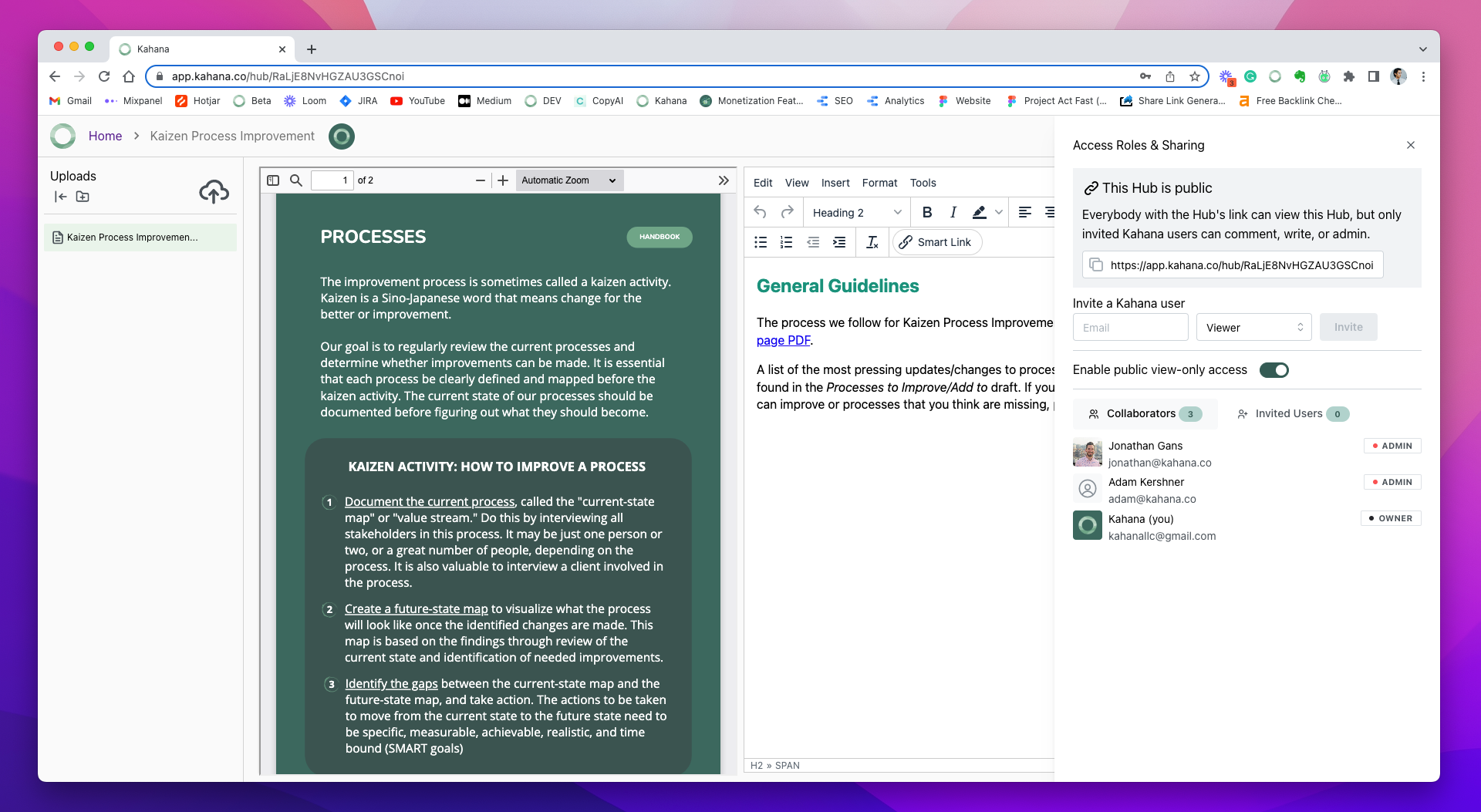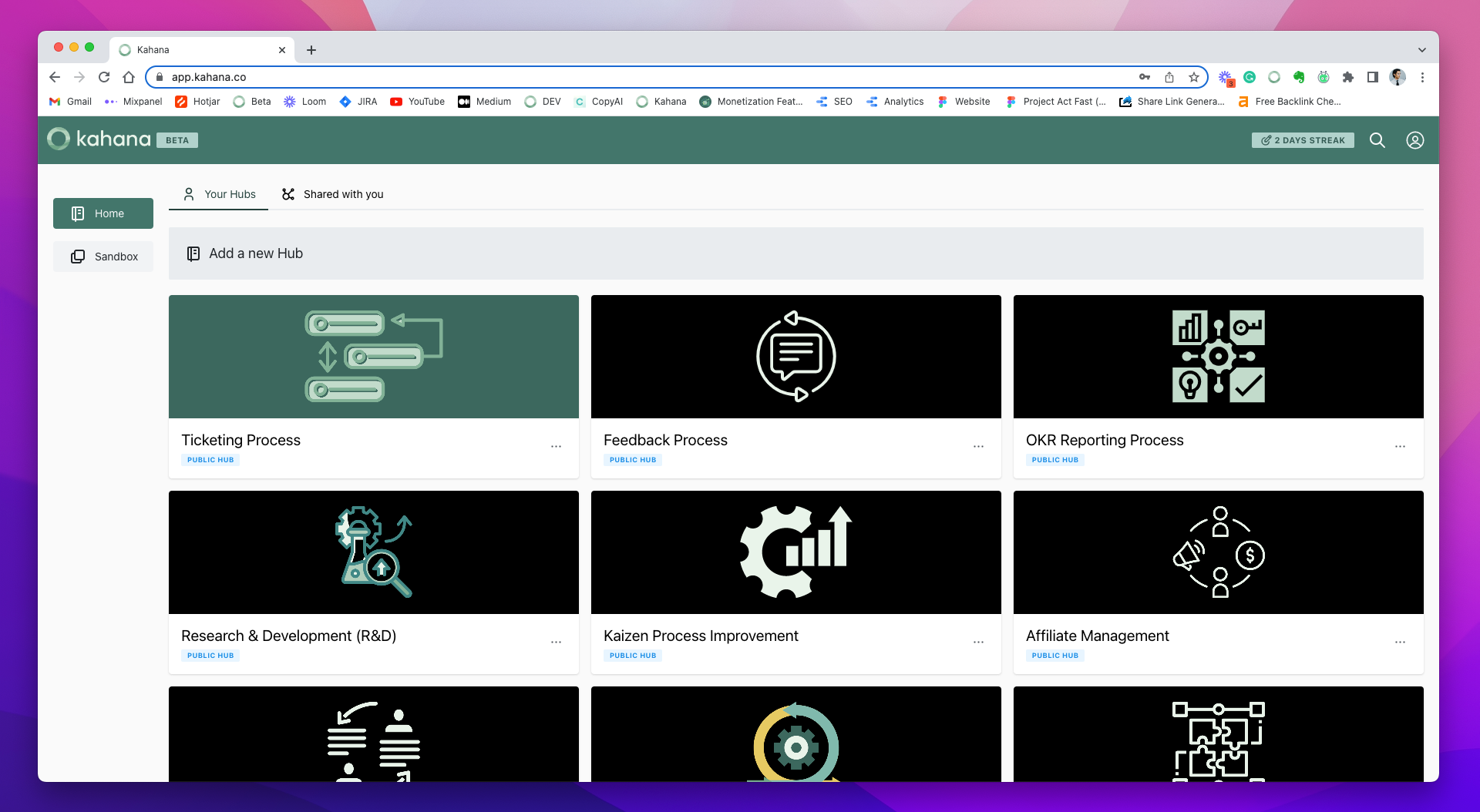Knowledge Silos: Meaning, Causes, & How to Avoid [templates]

Topics covered ✅
- Knowledge silos meaning
- Silo mentality
- What is a silo?
- Working in silos
- Silos in the workplace
- Knowledge repository
- Internal silos meaning
- Organizational silos
Have you ever spent an annoyingly long time looking for a resource or piece of content that you need to complete a task?
You’re not alone.
According to a McKinsey report, the average employee spends nearly 20% of their workweek looking for internal information or tracking down colleagues who can help with specific tasks.
Why?
Because far too often, critical information and insights are isolated in knowledge silos, preventing your employees from making progress on day-to-day tasks and creating weeks of lost productivity across your organization.
In this article, we’ll show you how you can unblock these silos, improve your employees’ ability to share knowledge, and realize your organization’s full potential.

Claim My Free Knowledge Sharing Template
This template is ready-made with content and structures that will help you cultivate a culture of knowledge sharing.
1. Understand why knowledge silos are detrimental
Before you can remediate the knowledge silos that exist within your organization, the first step is to understand what they are and why they’re so important to address.
Knowledge silos meaning
According to Bloomfire, knowledge silos (or information silos) are situations in which one individual or team has information that’s not shared or distributed with other individuals or teams, the result of different teams or departments of a company operating in isolation from one another.
Due to a lack of effective cross-department communication and collaboration, employees from one team have a difficult time accessing information and insights from another.
This is a silo effect
As a result of these silos, instead of innovating and responding to change, companies and employees waste time and energy looking for information that’s scattered across an organization.
Organizations with knowledge silos:
- have multiple teams working on similar projects because they’re each unaware that the others are working on the same initiative, resulting in weeks of lost productivity.
- provide an inconsistent and confusing experience for clients and customers, as clients and customers receive different collateral and answers from different departments.
- suffer from internal chaos, as employees struggle to share best practices and key information with one another.
These inefficiencies compound over time, costing organizations anywhere from $2.4 million to $240 million a year in lost productivity.
While these staggering losses may come as a shock, consider that in addition to spending 20% of their workweek searching for information or a colleague’s assistance, your employees are spending approximately 28% of their time managing email.
This means that nearly half of an employee’s entire workweek is spent hunting down or sharing resources, documents, and content that are essential to performing their day-to-day tasks.
Long story short: instead of spending time and energy focusing on high-level cognitive activities and completing tasks, your employees are spending half their day simply trying to find and share materials they need.
2. Determine the root cause of your organization’s silos
While knowledge silos are harmful, they are rarely a result of employees’ purposeful or malicious intent to hide information from one another.
Rather, they’re more of a phantom menace – they usually form quietly due to the nature of how people go about their day-to-day tasks (sorry for the trigger if you hate Jar Jar Binks).
And that’s why knowledge silos can be so dangerous: they form without you even realizing it.
So what are the primary reasons why these silos develop? We’ll walk through them down below:
Lack of consistent collaboration and communication across teams
While cross-team and cross-department collaboration are mutually beneficial in the long run, it can be difficult to see the big picture in the short term. With all of the tasks, documents, etc. that employees already manage on a daily basis, there is little motivation to take on more responsibility than necessary. Unfortunately, going out of their way to make information readily available to others or communicating with other teams – without the right solution in place to simplify the process – can be exactly that.
Employees are not deliberately withholding information; it can simply be an inconvenience to do so, one that takes time away from other tasks they need to accomplish. Another important aspect to consider is the communication that occurs (or doesn’t) at the department leadership level. If department leaders aren’t meeting regularly, there is little to no understanding of what each team is working on.
The result? Multiple teams could be tackling the same initiative without even realizing it.

Claim My Free Information Organizer Template
This collaborative information organizer template comes pre-built with folders, subfolders, aesthetic formatting, and much more.
Causes of Poor Knowledge Sharing Practices
Knowledge silos don’t just exist across teams – they also exist within them. Going back to the statistic around time spent managing email and searching for information, employees are already spending roughly half their workweek searching for and sharing materials that are necessary to perform their day-to-day tasks.
If it’s already difficult enough to share information amongst their own team members, why, then, would employees want to spend even more time sharing information and insights with other teams? And therein lies the root of the problem: ineffective knowledge sharing processes. The harder it is to share knowledge, the less incentivized your employees will feel to do so, and the easier it is for knowledge silos to form.
3. Use knowledge sharing platforms
The key to breaking down knowledge silos, then, is to create a seamless day-to-day knowledge sharing experience for your employees.
If you can reduce the inefficiencies and frustration associated with day-to-day knowledge sharing, you have the opportunity to make knowledge sharing a part of your employees’ daily routine, rather than an extra burden.
How?
By investing in the right solution. Enter Kahana, a software platform that is designed to help streamline your organization’s day-to-day knowledge sharing process head-on.

Kahana - Break Down Your Knowledge Silos
Kahana helps teams collaborate across their processes. Integrates seamlessly with Notion for knowledge management.
Seamlessly build knowledge sharing into your employees’ workflow
Employees are spending hours each day sifting through lengthy email threads and convoluted folder hierarchies and organizing their screens, only to end up with a cluttered mess of windows and tabs. Kahana makes the process of finding, viewing, and sharing files and documents throughout the day simple and intuitive, allowing you to:
- See files and docs in a single split-screen window
- Keep context easily by connecting your text to uploads and pulling up references and materials in one click with Smart Links
- Share knowledge with colleagues by copying and pasting a single link to a connected split-screen hub of docs, files, and content
When your employees conduct work in Kahana and build hubs with all of the links, files, and content they’ve accumulated and created, they provide direct access to their insights and learnings. So, by conducting their work in Kahana – which employees will be incentivized to do because it saves them time and frustration – they are inherently sharing knowledge by creating a single source of truth for any topic or project that anyone in your organization can access
Give your employees more time to collaborate and share insights
Thanks to the ability to help your employees wrangle all of their relevant links, files, documents, and content together in one place while they work, Kahana drastically reduces the amount of time your talent is spending searching for information and managing email. Now, your employees have more time to engage in meaningful conversations, share tacit knowledge, and execute knowledge transfer effectively.
This makes communicating and collaborating with other teams and departments much easier, and therefore much more likely. More time for cross-department communication – paired with a robust internal knowledge base that provides easy access and transparency into what each team across an organization is working on – is a perfect recipe to eliminate silos and keep everyone on the same page.
Future considerations
Knowledge silos can be silent assassins. Recognizing that they exist – and how important they are to address – and taking the right steps to break them down is critical to your organization’s success.
Investing in Kahana allows you to seamlessly build knowledge sharing into your employees’ daily routine, creating a free-flowing knowledge sharing process in your organization and ensuring that teams and departments complement each other, rather than conflict with one another. In doing so, you can rest easy knowing that you’re effectively eradicating silos and putting millions of dollars back in your pocket.

Talk with a Kahana representative
Fill out your information and a Kahana team representative will reach out to you. Have a simple question? Search our library of articles
